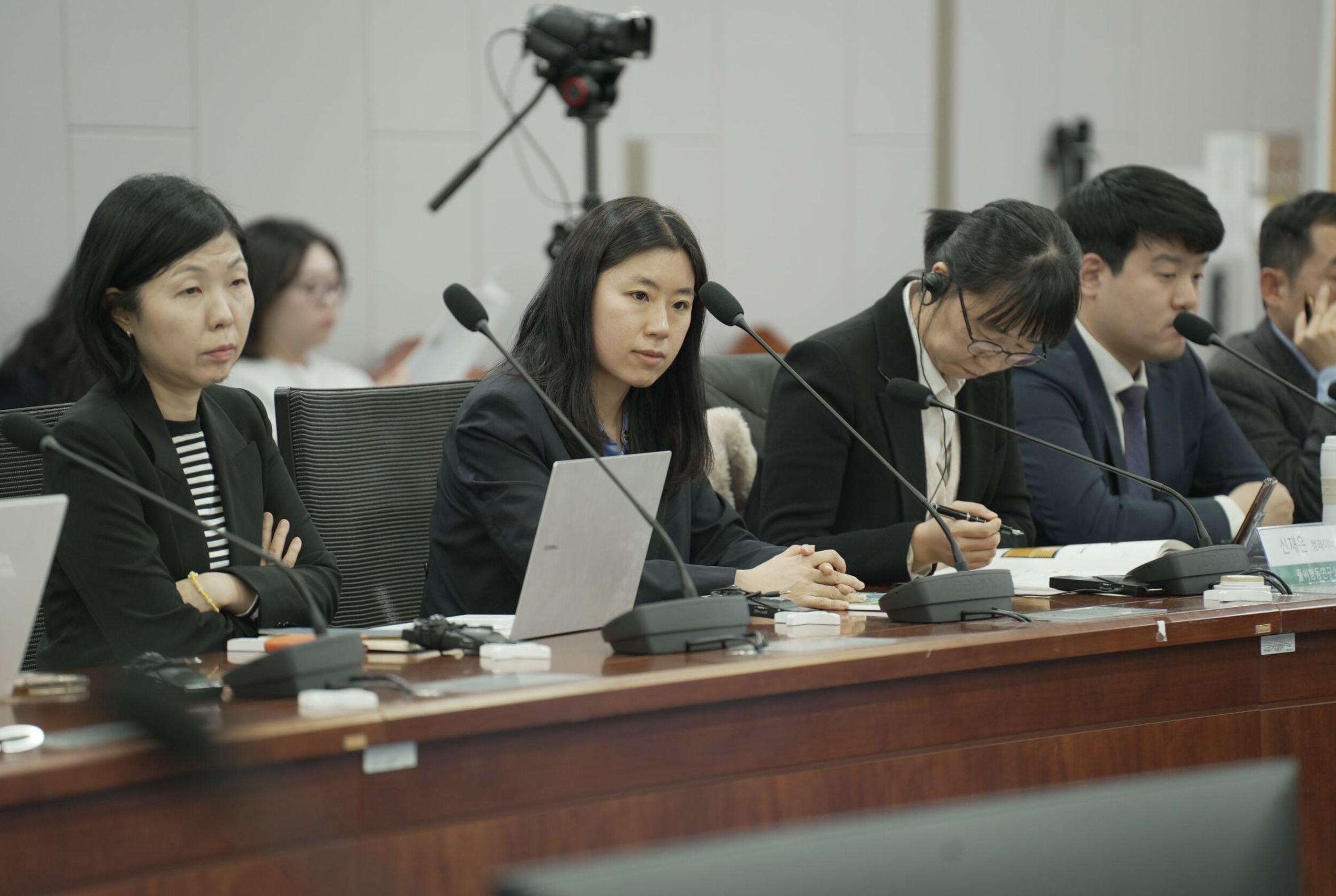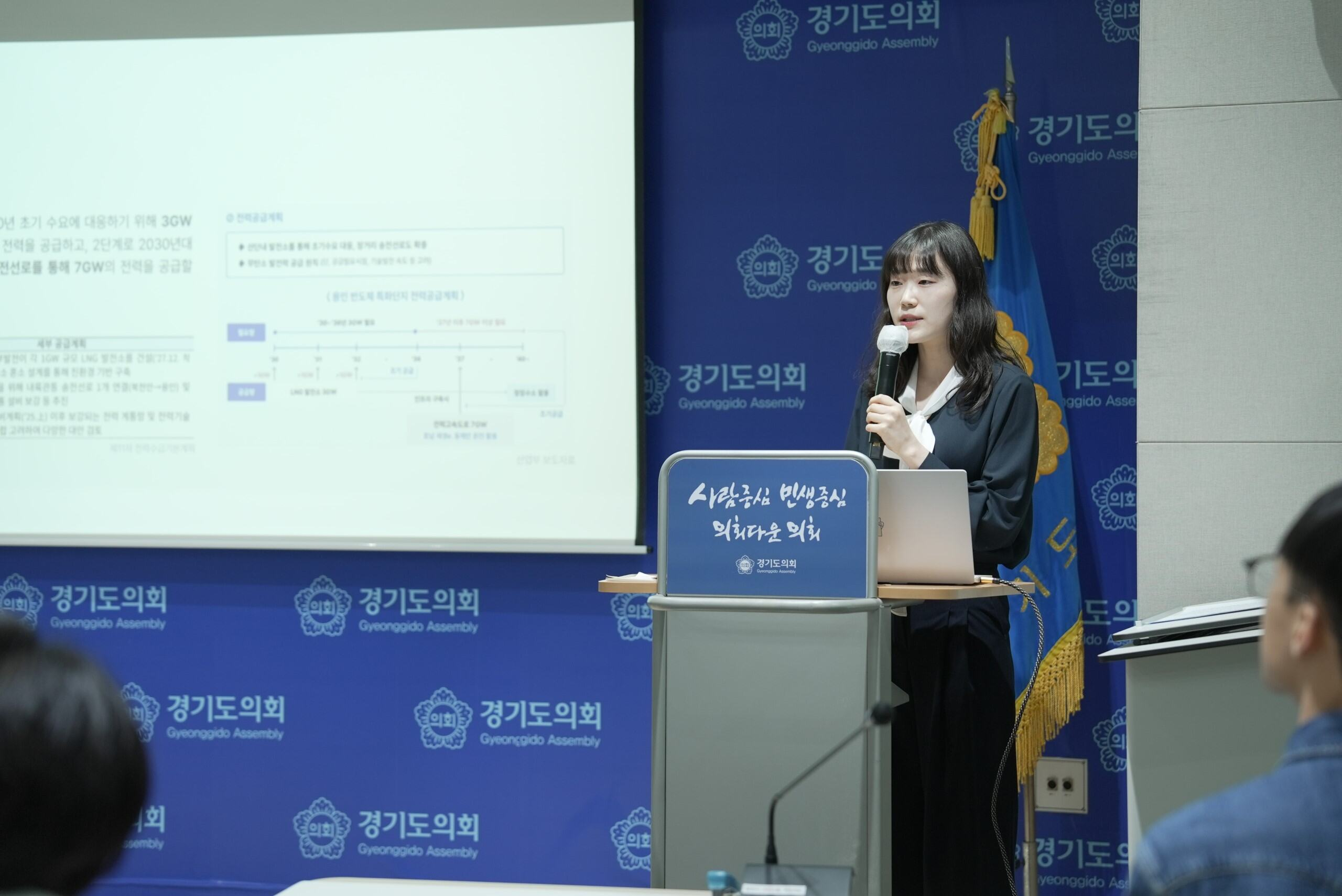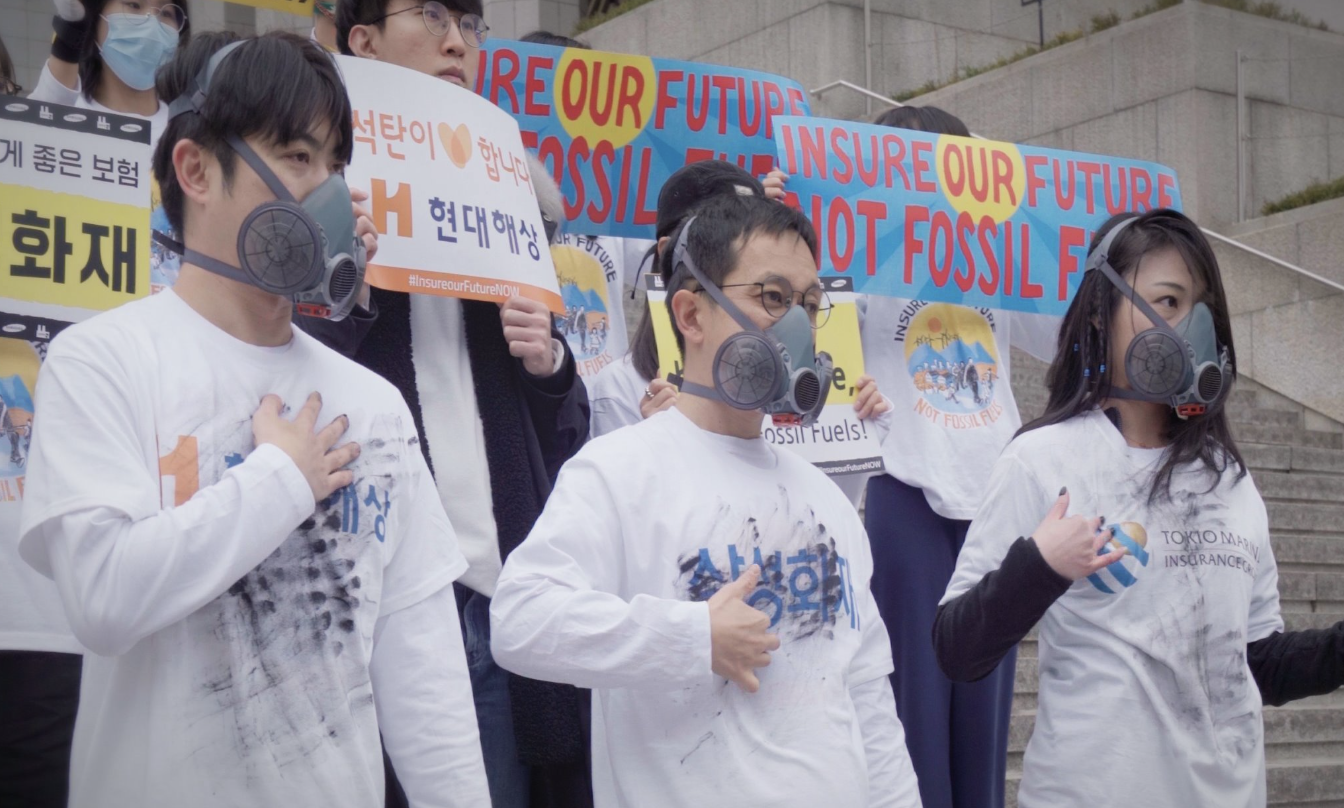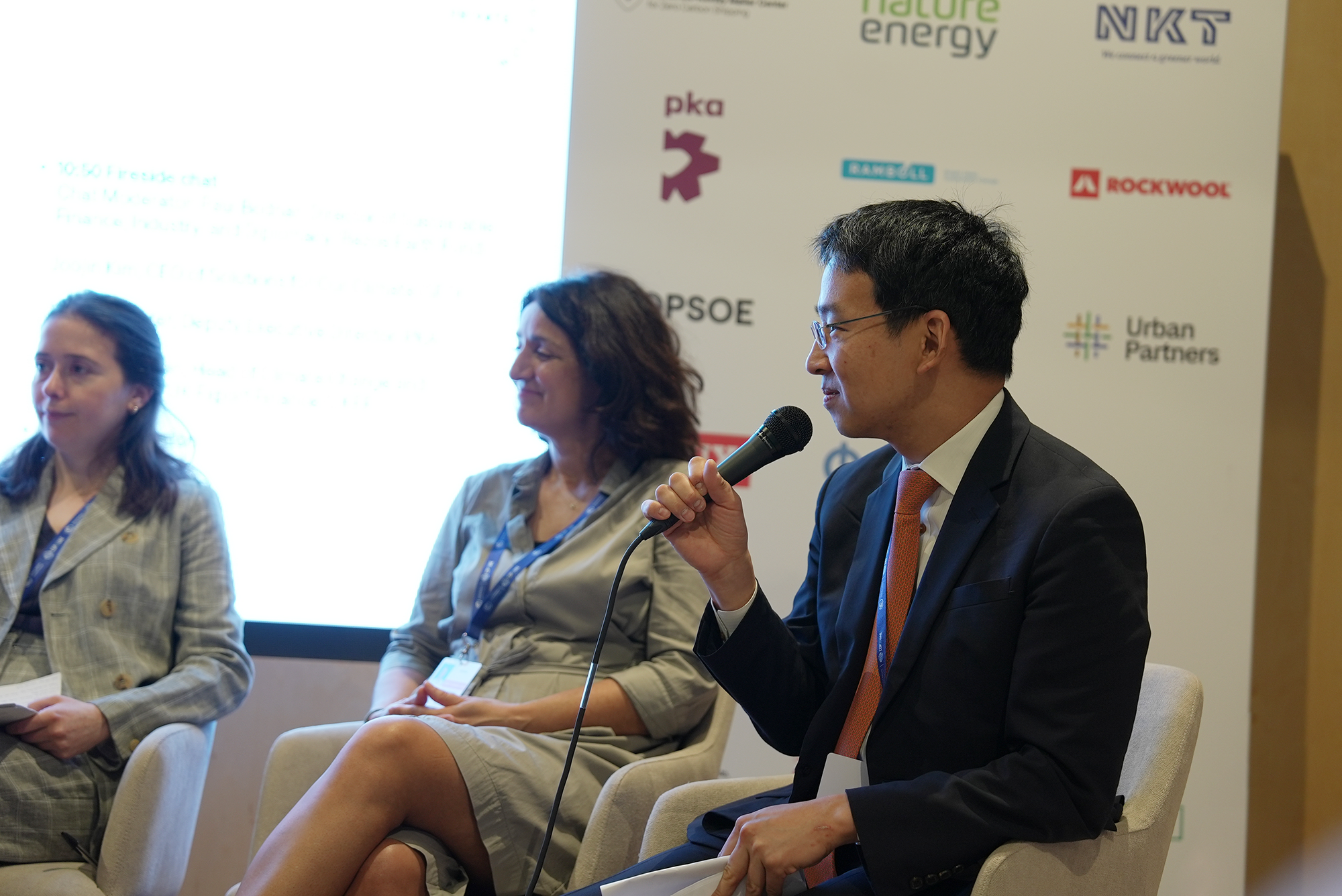
Executive summary
The past decade marked a 'Golden Age' for LNG, fueled by rising Asian gas demand, surging U.S. LNG exports, and geopolitical shifts in Europe. LNG trading volumes have surpassed traditional pipeline gas, with LNG carrier fleets expanding threefold from 325 units in 2014 to 970 units in 2023.
This report by Solutions For Our Climate (SFOC) reveals the key yet overlooked industries behind this rapid expansion of the LNG shipping market, compared to other more prominent parts of the fossil gas value chain.
Key findings of the research underscore the significant financial contributions from South Korea's public financiers, totaling $44.1 billion across 652 cases in LNG carrier shipbuilding over the past decade (2013-2023). Notably, this report also emphasizes a pivotal shift in LNG carrier ownership, with private equity-linked entities and traditional shipowners driving shipbuilding orders over the last decade, while energy majors have decreased their involvement.
The findings highlight imminent risks, with LNG carrier fleets on order projected to exceed estimates by the International Energy Agency (IEA), potentially jeopardizing global climate targets. To address these concerns, the report recommends urgent actions to the following stakeholders:
1. Financiers:
Public & Private financiers halt financing for new LNG carriers.
Investors to engage LNG shipping players with exclusion criteria for the industry.
2. Shipowners:
Stop exposing themselves to the increasingly precarious LNG shipping market.
Align portfolios of vessels to the Paris-aligned trajectory.
3. Shipyards:
Korea & China shipyards diversify into the renewable energy sector and accelerate innovative, green-fueled shipbuilding markets.
Failure to realign LNG carrier capacity with the net-zero trajectory poses severe risks to global climate targets, potentially surpassing critical tipping points scientists have warned about. By acting on these recommendations, stakeholders can mitigate these risks and contribute to a more sustainable and resilient energy future.
LNG carrier fleet has tripled from 325 ships in 2014 to 970 ships today, with 320 ships on order.

Source: SFOC, World LNG Report, IGU (2014), Clarkson
38 new LNG shipowners have emerged since 2014, with private equity linked firms such as JP Morgan and Apollo Partners making up 28% (10) of them.
Private equity linked shipowners account for 45% of the new LNG carrier fleet (112 out of 248 units) added since 2014. Traditional shipowners take up 58% (22 owners), holding 122 ships and making up 49% of the new fleet.

Source: SFOC, World LNG Report, IGU (2014), Clarkson
Korean public financing provided $44.1 billion for 652 LNG carrier projects over the past decade.
In 2022, public financing from Korean agencies reached record highs, correlated with peak LNG carrier orders.
39% of the currently ordered LNG carriers, totaling 124 vessels were speculative order without long-term charters.
Under IEA's latest Net Zero scenario, fossil gas demand declines by over 20% by 2030. Climate Analytics points out that the current LNG carriers orderbook is set to oversupply the market.
The LNG carrier orderbook is projected to exceed the estimated demand forecasted by IEA, jeopardizing climate targets.
Key findings
LNG carrier fleet has tripled from 325 ships in 2014 to 970 ships today, with 320 ships on order.
Source: SFOC, World LNG Report, IGU (2014), Clarkson
38 new LNG shipowners have emerged since 2014, with private equity linked firms such as JP Morgan and Apollo Partners making up 28% (10) of them.
Private equity linked shipowners account for 45% of the new LNG carrier fleet (112 out of 248 units) added since 2014. Traditional shipowners take up 58% (22 owners), holding 122 ships and making up 49% of the new fleet.
Source: SFOC, World LNG Report, IGU (2014), Clarkson
Korean public financing provided $44.1 billion for 652 LNG carrier projects over the past decade.
In 2022, public financing from Korean agencies reached record highs, correlated with peak LNG carrier orders.
39% of the currently ordered LNG carriers, totaling 124 vessels were speculative order without long-term charters.
Under IEA's latest Net Zero scenario, fossil gas demand declines by over 20% by 2030. Climate Analytics points out that the current LNG carriers orderbook is set to oversupply the market.
The LNG carrier orderbook is projected to exceed the estimated demand forecasted by IEA, jeopardizing climate targets.




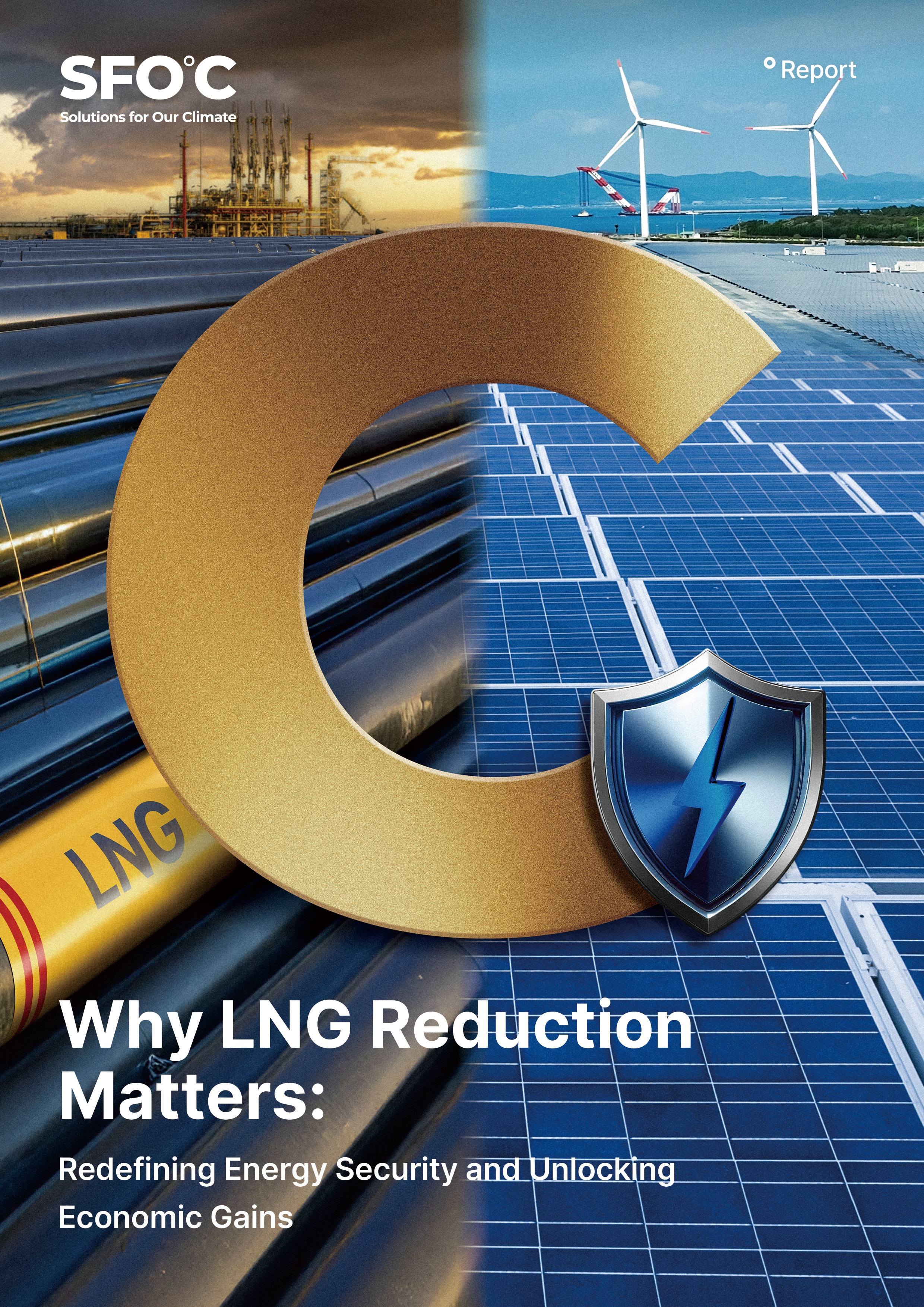
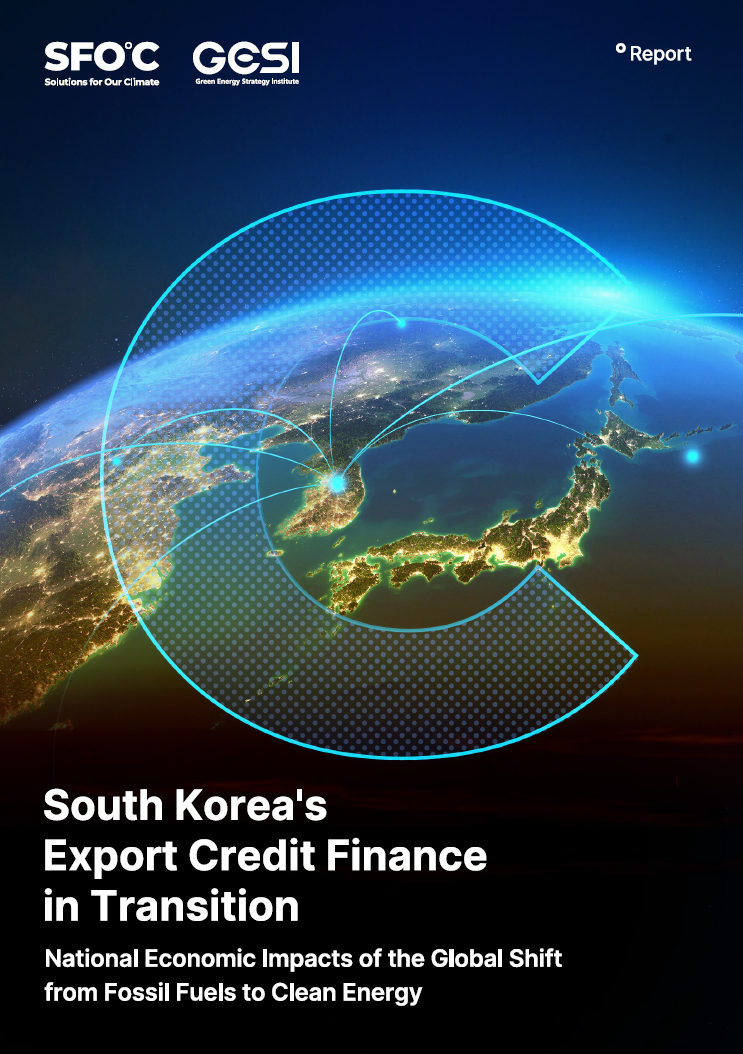
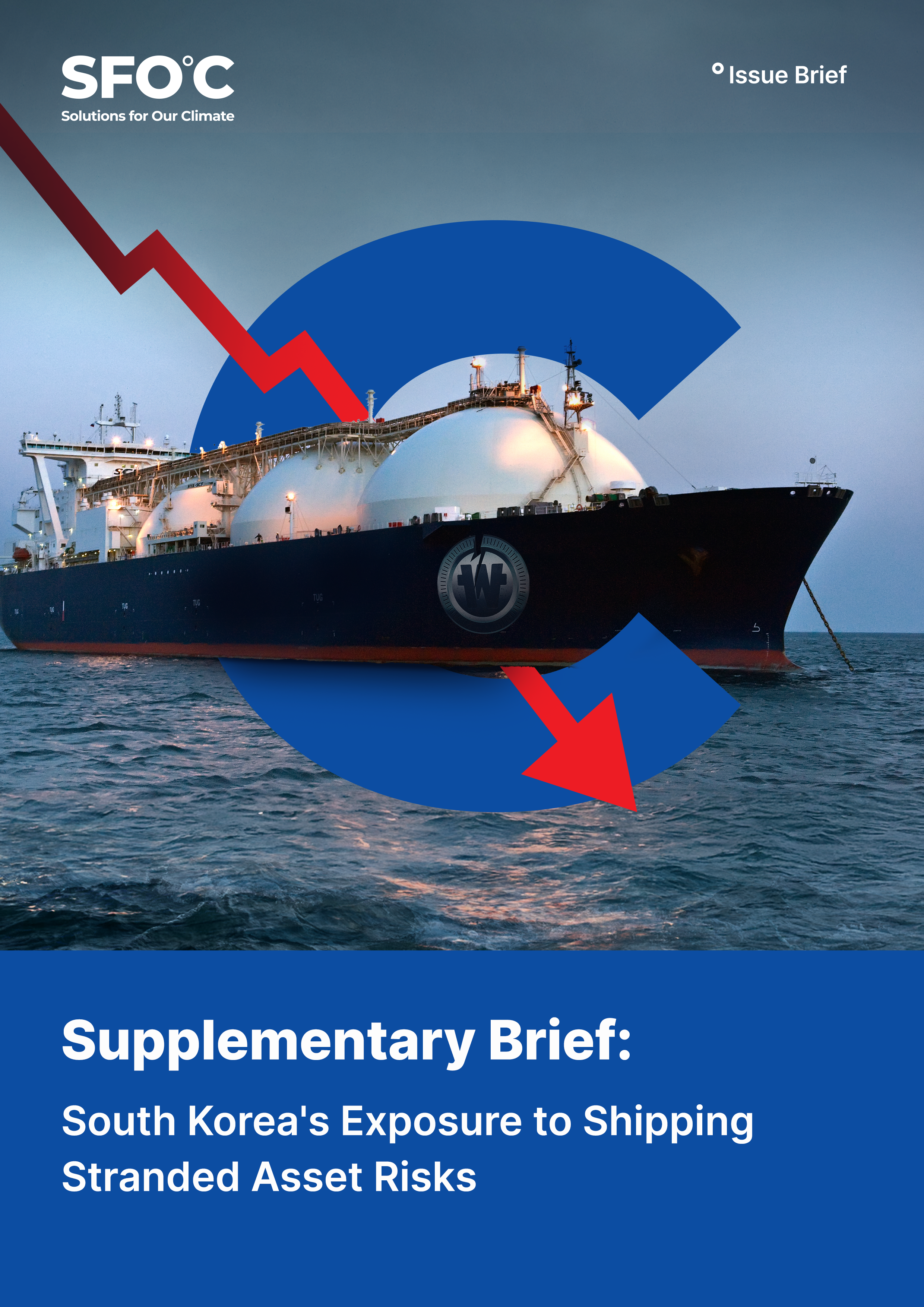

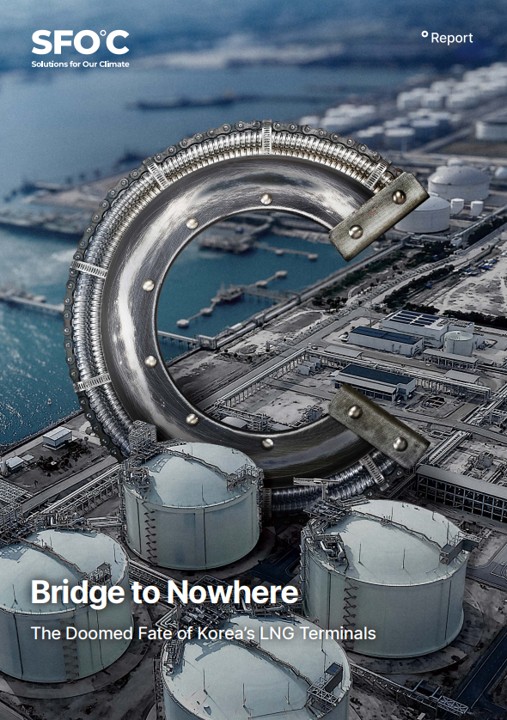
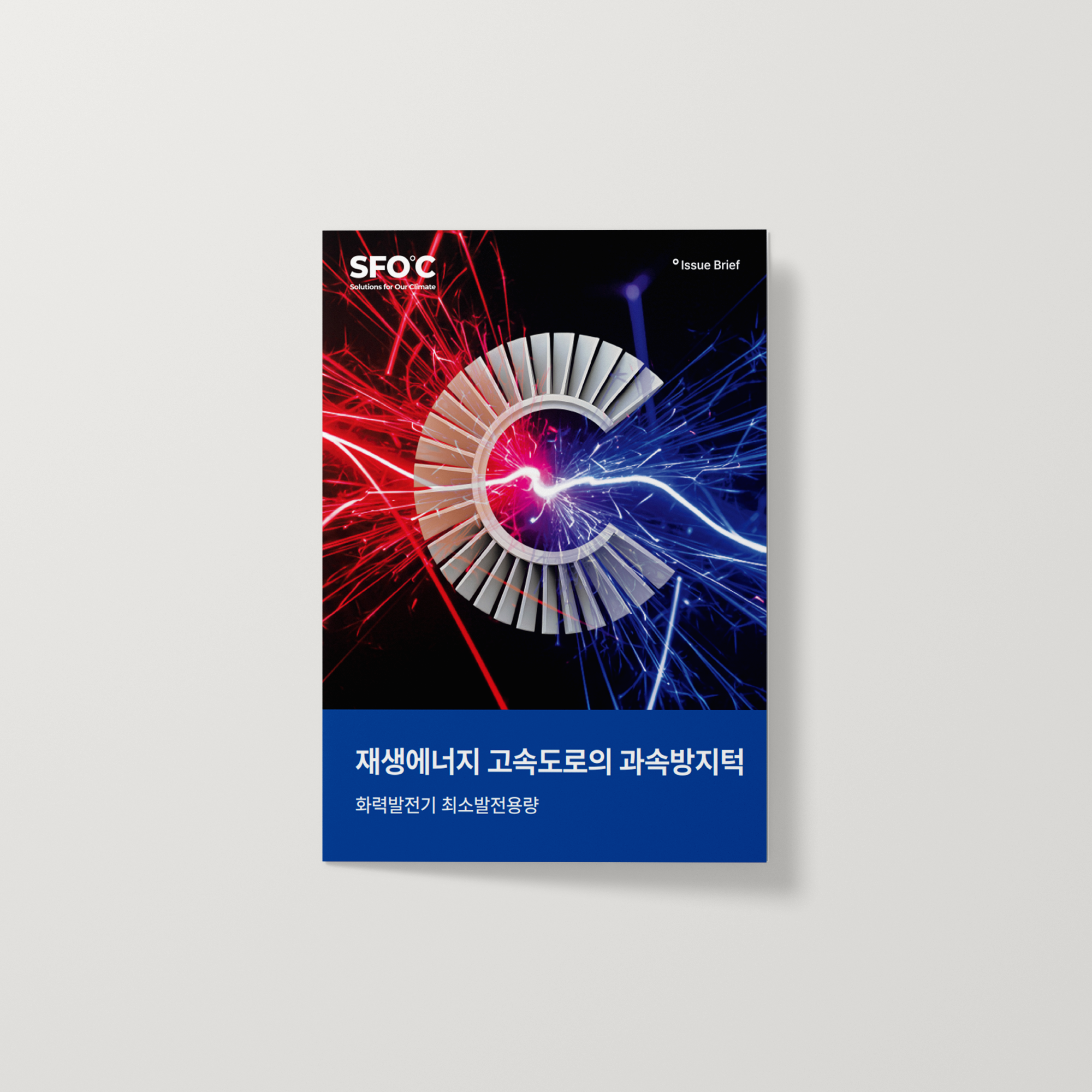









![[Brief] South Korea’s international public finance continues to block a just energy transition](https://content.sfoc.tapahalab.com/images/research/RC5Kime.jpg)




![[토론회] 한국형 녹색분류체계(K-Taxonomy), 무엇이 녹색경제활동인가](https://content.sfoc.tapahalab.com/images/research/bn8jdme.jpg)
![[이슈 브리프] 탄소포집, 이용 및 저장기술(CCUS) 현황과 문제점](https://content.sfoc.tapahalab.com/images/research/SWESdme.jpg)


